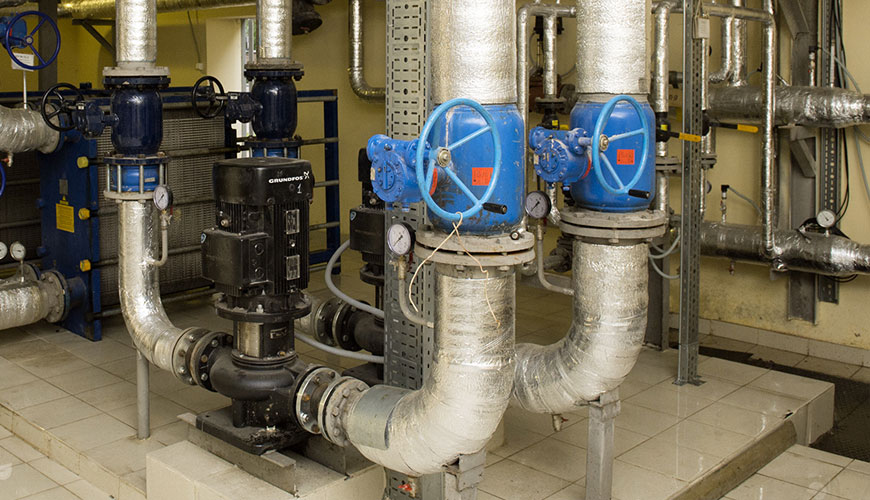

The ASTM C356 test covers determining the amount of linear shrinkage and other changes that occur when a preformed thermal insulation material is exposed to the heat of wetting.

Although the refractoriness of heavy mullite bricks (burner bricks, porous bricks, etc., bridge bricks, etc.) from the effect of refractoriness is high, their thermal conductivity is strong and the conduction heat dissipation is lighter under the same conditions.
The transmission and heat dissipation of high-quality bricks is much greater. Therefore, if too much heavy material is used in the high temperature zone of the furnace, it is not conducive to energy-saving control. In terms of thermal conductivity, the greater the specific gravity of the material with the same refractoriness, the greater the strength, but the same increase in heat conduction and heat dissipation capacity is disadvantageous for energy consumption control.
Thermal insulation bricks are basically divided into two categories, one is high alumina poly-light ball bricks, the other is light floating bead bricks, light diatomaceous earth bricks and light clay bricks. According to the relevant production experience, generally the use temperature of light clay brick insulation bricks should be lower than 850 ℃, and the use temperature of high alumina poly light ball bricks should be lower than 1200 ℃. Otherwise, the reheat line will shrink under prolonged high temperature conditions.
This test method is limited to preformed high-temperature insulation applicable to hot air temperatures exceeding 200°F (93°C), excluding insulation of firebrick covered by the Test Method.
Values stated in inch-pound units should be considered standard. The values in parentheses are provided for information only and are mathematical conversions to non-standard accepted SI units.
This standard is not meant to address all safety concerns, if any, associated with its use. It is the responsibility of the user of this standard to determine appropriate safety and health practices prior to use and to determine the applicability of regulatory restrictions.
Our organization also provides testing services to businesses within the scope of ASTM C356 Standard Test Method for Linear Shrinkage of Preformed High Temperature Thermal Insulation Exposed to Wetting Heat, within the framework of laboratory testing services.
To get an appointment, to get more detailed information or to request an evaluation, you can ask us to fill in our form and reach you.